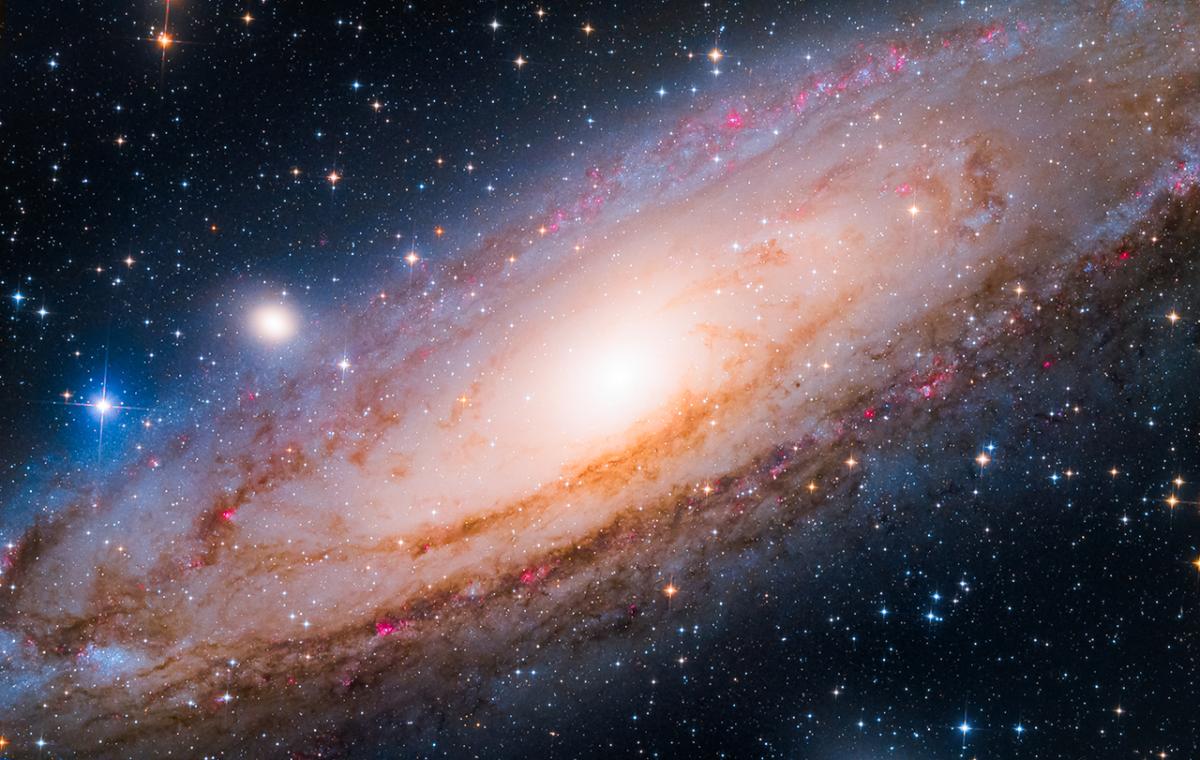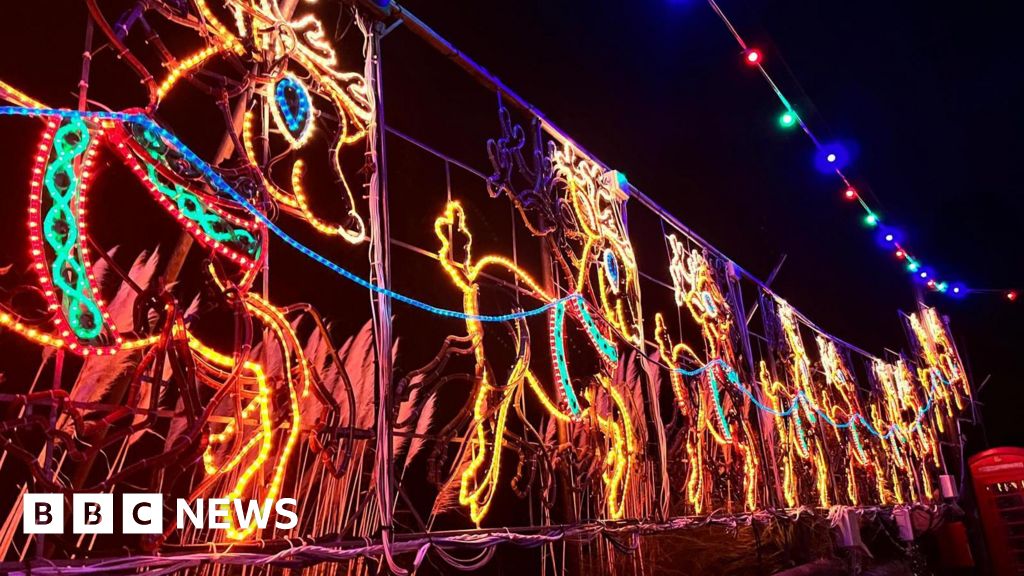September Skies: A Guide to Night-Time Wonders

September offers a fantastic opportunity for stargazers across the UK, with a plethora of celestial events and captivating sights to behold. From a partial lunar eclipse to the autumn equinox, here's a breakdown of the key astronomical highlights for the month.
A New Moon for Stargazing
The best time to embark on your stargazing adventure is on 2 September, coinciding with the new moon. This absence of moonlight will minimise light pollution, allowing for optimal visibility of celestial objects.
Navigating the Northern Sky
Look north to find the distinctive 'W' shape of the constellation Cassiopeia. Just south of it lies the Perseus Double Cluster, visible without a telescope, although appearing as a hazy patch. This cluster comprises two open star clusters, NGC 869 and NGC 884, both nestled within the Perseus constellation. Following the right-hand point of the 'W' will guide you to Messier 31, the Andromeda Galaxy - the nearest large galaxy to our own Milky Way. Interestingly, Andromeda is destined to collide with our galaxy in the distant future!
Under exceptionally dark skies during the new moon, you might even spot the Milky Way as a faint, milky band across the heavens. Within this band, you may even be able to discern the Funnel Nebula, a dark cloud of cosmic dust that obscures any light behind it.
A Partial Lunar Eclipse
Mark your calendar for 18 September, as a partial lunar eclipse will grace the night sky. This occurs when the Moon passes through a portion of Earth's shadow. The eclipse will begin at 3:14am as the Moon enters Earth's umbra (the darkest part of the shadow), reaching its maximum at 3:45am when 3.5% of the Moon's disc will be obscured. The eclipse will conclude at 4:16am when the Moon exits the umbra. This event should be visible across Europe, the Americas, Western Asia and Antarctica, so check the specific timings for your location. For UK observers, this is a noteworthy event as the next visible lunar eclipse won't occur until 14 March 2025.
Autumn Arrives with the Moon Near the Pleiades
September 22nd marks the autumn equinox, when the day and night are roughly equal in length. This occurs as the Sun crosses the celestial equator, bringing more sunlight to the Southern Hemisphere. It marks the start of autumn in the Northern Hemisphere and spring in the Southern Hemisphere - perfect timing for longer stargazing nights!
On this same night, witness a close encounter between the waning gibbous Moon and M45, an open star cluster known as the Pleiades or the Seven Sisters. This asterism derives its name from Greek mythology, where Zeus transformed his seven daughters into stars to protect them from Orion.
The Pleiades cluster comprises B-type stars that formed within the last 100 million years. Surrounding these bright stars is a reflection nebula, once thought to be remnants from the stars' formation but now believed to be unrelated dust clouds.
To find the Pleiades, follow the line formed by connecting the three stars of Orion's Belt (Alnitak, Alnilam, and Mintaka).
Planetary Delights
September offers multiple opportunities to observe planets.
- Mercury, though only visible in twilight, reaches its highest altitude in the morning sky on 6 September, providing the best chance for observation.
- Saturn reaches opposition on 8 September, meaning it lies directly opposite the Sun, resulting in enhanced illumination and visibility. It will be bright enough to see with the naked eye throughout the month, even from light-polluted cities. However, observing Saturn's rings will require a telescope. On 17 September, those in the US and Australia can witness a lunar occultation, where the Moon briefly covers Saturn.
- Neptune also reaches opposition on 21 September, but its immense distance makes it challenging to see without a telescope. For the best view, look around midnight when it reaches its highest point in the sky.
- Jupiter, the largest planet in our solar system, remains visible throughout the month in the southern sky. With a telescope and clear skies, you might be able to spot its moons.
Southern Hemisphere Stargazing
Observers in the Southern Hemisphere are in for a treat, as the globular cluster 47 Tucanae is well-positioned for naked-eye viewing under clear skies throughout the month. This globular cluster is the second brightest in the night sky, so binoculars or a telescope will offer a more detailed and captivating view.
Moon Phases in September 2024
- New Moon: 3 September (02:56)
- First Quarter: 11 September (07:06)
- Full Moon: 18 September (03:35)
- Last Quarter: 24 September (19:50)
Stargazing Tips
Remember, light pollution can significantly hinder your stargazing experience. Find a dark location away from city lights for the best view of the celestial wonders above. Enjoy the celestial show!





